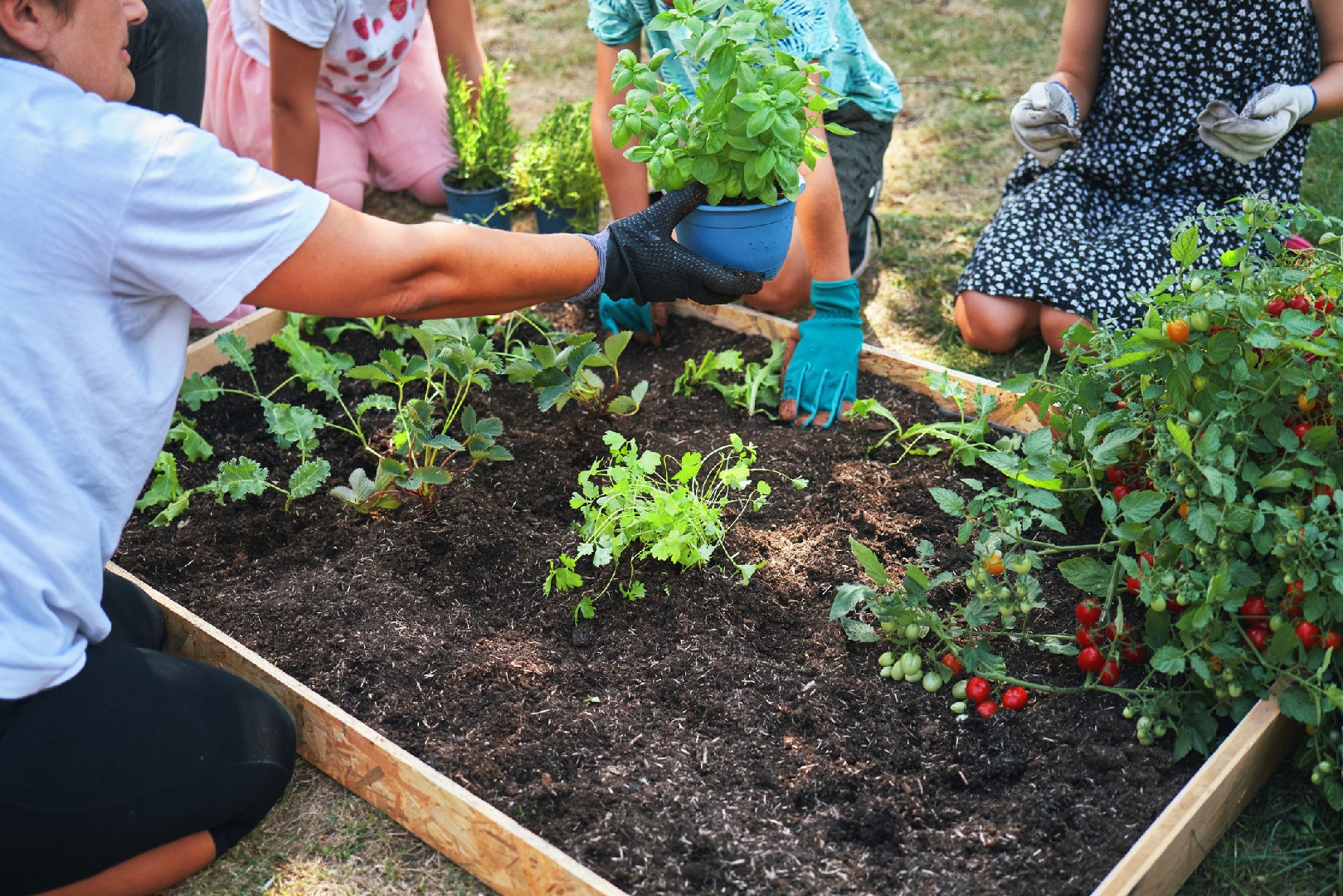![Rectangle]()
Companion Planting in the Heart of a Community Garden
Community gardens play a vital role in urban and suburban environments by promoting local food systems and providing a sense of community. By implementing companion planting techniques, community gardens can enhance their productivity and resilience, further strengthening their impact on the local community.
Companion planting is the practice of growing different plants together that benefit each other in various ways. These benefits can include improving soil fertility, natural pest control, and maximizing space utilization. When applied in a community garden setting, companion planting can create a harmonious ecosystem that not only supports plant growth but also fosters a sense of camaraderie among community gardeners.
One practical method of companion planting is intercropping, which involves planting different crops together in a way that maximizes space and resources. For example, tall plants like corn can provide shade for smaller plants like lettuce, protecting them from the hot sun. This technique enables gardeners to make the most of limited space while fostering a collaborative environment where community members work together to optimize their garden's productivity.
Another effective companion planting technique is utilizing plants that repel pests or attract beneficial insects. For example, marigolds emit a scent that repels aphids, a common garden pest. By planting marigolds alongside vulnerable crops, community gardeners can naturally control aphid populations without relying on harmful pesticides. Additionally, attracting beneficial insects like bees and ladybugs can improve pollination and help control pest populations.
Beyond the practical benefits, companion planting in community gardens also mirrors the communal aspects of the garden itself. Just as companion plants support and benefit one another, community gardeners forge connections, share knowledge, and work together toward a common goal. This shared experience creates a strong sense of belonging and fosters a supportive community.
To enhance the community-focused aspect of companion planting, community gardeners can organize workshops or educational sessions to share knowledge and exchange gardening tips. These events can not only deepen individual knowledge but also strengthen the bond among gardeners, creating a space for collaboration and mentorship.
In summary, incorporating companion planting techniques in community gardens brings numerous benefits. From improving productivity and resilience to fostering a strong sense of community, companion planting aligns perfectly with the community-focused nature of community gardens. By implementing these methods, community gardeners can create thriving, sustainable ecosystems that nourish both plants and people. So, let's join together and harness the power of companion planting to cultivate vibrant community gardens that uplift and enrich our local communities.





